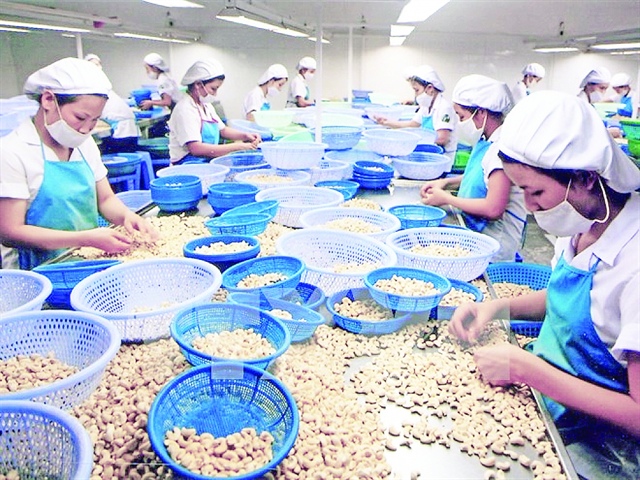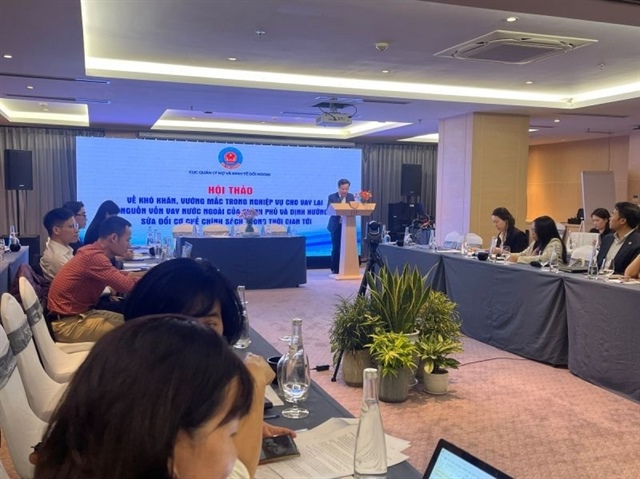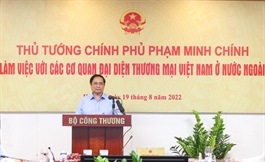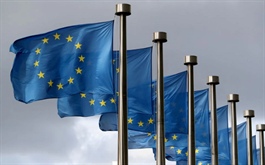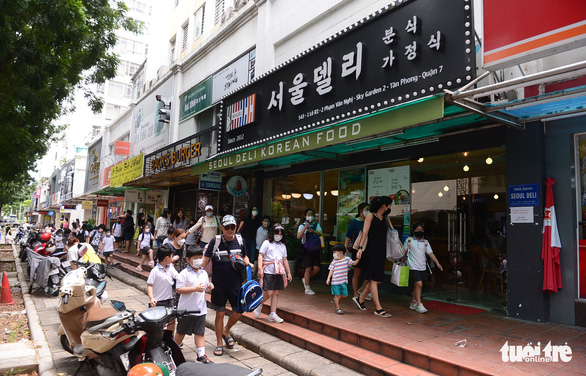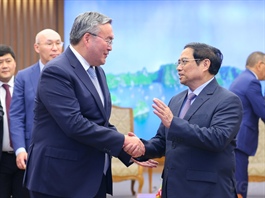Two-year EVFTA implementation: Fruitful results
Two-year EVFTA implementation: Fruitful results
Luong Hoang Thai, Director of the Ministry of Industry and Trade’s Multilateral Trade Policy Department, spoke to Vietnam Economic News’ Thu Phuong about the implementation of the EU-Vietnam Free Trade Agreement (EVFTA) over the past two years. The growing use of certificates of origin (C/Os) for key Vietnamese exports reflects business efforts to seriously implement Vietnam’s tariff commitments under the trade deal, he said.

Luong Hoang Thai, Director of the Ministry of Industry and Trade’s Multilateral Trade Policy Department |
Economists say Vietnam has taken greater advantage of the EVFTA compared with other trade deals. How do you see the implementation of this agreement?
During its first year, the EVFTA offered Vietnam modest tariff preferences. Meanwhile, the country had to cope with complicated developments of COVID-19 and pandemic-induced supply chain disruptions. Despite these unfavorable conditions, Vietnam’s exports to the EU grew 14 percent.
In the second year of implementation, positive results were achieved. In the first half of 2022, the percentage of Vietnamese exporters using certificates of origin (C/Os) increased strongly to over 32 percent, more than four-fold the number of exports to signatories of the Comprehensive and Progressive Agreement for Trans-Pacific Partnership (CPTPP).
Which sectors have taken good advantage of the EVFTA, in terms of both export and import?
Farm produce tops the list of products that have taken extensive advantage of the trade deal. In the first year of the EVFTA, the export value of coffee grew more than 62 percent; pepper more than 81 percent; seafood more than 22 percent; rice more than 40 percent (Vietnamese rice was almost absent in the EU market before the EVFTA took effect). Importantly, the EVFTA has enabled Vietnam to export agricultural products of higher added value to the EU compared with the past.
The processing and manufacturing sectors also saw higher export value of machinery and equipment (up 20 percent), and iron and steel products (up 147 percent).
Could you indicate difficulties to which businesses should take special attention when implementing the EVFTA?
Our trade promotion activities were hindered by COVID-19 during the last two years. Now, with the pandemic under control, we need to intensify market surveys and trade promotion activities to facilitate business access to the EU market.
EU consumers prefer to buy green, clean products meeting labor and environmental standards. Vietnamese companies should be aware of this consumer trend to export suitable products.
The EU is a very discerning market with various technical requirements, strict plant and animal quarantine regulations, and specific standards set by businesses, requiring Vietnamese companies to transform their production models to promote sustainable exports.
|
What should we do in the third year of the EVFTA to ensure its effective implementation?
After the first three years, the EVFTA will offer Vietnamese businesses high tariff preferences. Therefore, during the third year, businesses should be provided with information to help them make the best use of the trade deal to boost exports. The prime minister has issued an action plan to implement the EVFTA. All relevant ministries, sectors and localities are willing to help businesses take advantage of the trade deal, as well as to overcome challenges and technical barriers when exporting to the EU.
| In the first six months of 2022, Vietnam’s exports to the EU reached US$23.82 billion, up 22.6 percent year-on-year, and imports from this market reached US$7.88 billion, down 4.7 percent. The percentage of exporters issuing C/Os increased 32.13 percent. |


